
Review on 📶 OURLiNK 600Mbps AC600 Dual Band WiFi Dongle & Wireless Network Adapter for Laptop/Desktop Computer - Compatible with 802.11 a/b/g/n Devices (2.4 GHz 150Mbps, 5GHz 433Mbps) by Robert Correa

Worked after figuring out how to set up the dongle - Here's how I did it
This is how I got it to work on my 3 year old Acer laptop. I have to say that I tried the drivers on the manufacturers site mentioned on this page, I tried the ones I found on the site I found when I searched the name and brand of this adapter, and then installed the drivers directly from Realtek (the chipset I have is RTL8811CU). The actual Realtek drivers don't come with a utility that the manufacturer has, but I prefer not to. Only more garbage runs in the background. After installing the drivers in all three cases, I didn't get any faster speeds than my built-in wireless card. After installing Realtek's Realtek drivers, I decided to dig deeper and found what I had thought was the problem all along. You need to force the adapter to only use 802.11ac. Once I did, bam! My speed has more than doubled. Problem solved. It's possible the manufacturer's drivers will suffice, I've just finished with the Realtek drivers. Since it works without the utility, I'll leave it as is. I've included four screenshots with this review to help you locate the location where you set the adapter to use 802.11ac on Windows 10. These settings should be present in earlier versions of Windows, but in a different location. First, make sure you have installed the drivers and plugged in the USB WiFi adapter. It would be a good idea to reboot after installing the drivers and before proceeding with the next steps. 1 - Open SETTINGS. Select NETWORK AND INTERNET 2 - Select CHANGE ADAPTER SETTINGS (see screenshot) 3 - Right click on the Realtek USB adapter, select PROPERTIES (screenshot) 4 - Note that I disabled the built-in adapter, by right-clicking on it and selecting DISABLE. . You should too.5 - Click on the SETUP button (screenshot) 6 - Go to the ADVANCED tab, select WIRELESS MODE, select IEEE 802.11ac.7 from the drop down menu on the right - Click to apply click OK and close the window. Now the adapter has been told to only use 802.11ac. I don't know why it isn't automatically selected in auto mode. IMPORTANT: Once you have configured it to only use 802.11ac, it will only use 802.11ac. Connecting it to a laptop you're traveling with might be a bad idea, as your laptop won't be able to connect to other types of networks (like 802.11n). 802.11ac is not yet widespread (as of August 2019). This change is great if you keep your laptop at home. If you are traveling, you must manually set this value back to "auto". This has worked for me and has been effective for the past few days, I'm getting very fast speeds. I cannot guarantee this will work for you. Do this at your own risk. Please note that you can undo what you have done if necessary. Much luck! Hope that helps!
- Supports 802.11ac - the next generation of Wi-Fi; Runs 3x faster than Wireless N adapter
- Clarity
New products
Comments (0)
Top products in 🖧 Network Adapters
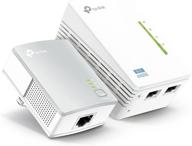
📶 Enhance and Expand Your Network with TP-Link AV600 Powerline WiFi Extender and WiFi Booster (TL-WPA4220 KIT)

44 Review
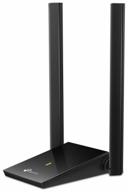
TP-Link Archer T4U Plus AC1300 USB 3.0 WiFi Network Adapter

29 Review
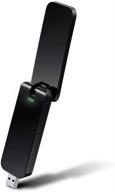
Enhance Internet Speed with TP-Link AC1200 Wireless Dual Band USB Adapter (Archer T4U V1)

40 Review
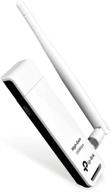
High Gain Wireless Network Adapter - TP-Link Nano USB Wifi Dongle with 150Mbps Speed for PC Desktops and Laptops. Compatible with Win10/8.1/8/7/XP Linux 2.6.18-4.4.3, Mac OS 10.9-10.15 (TL-WN722N)

46 Review
Another interesting products
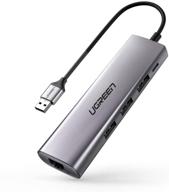
UGREEN USB 3.0 Ethernet Adapter Hub with RJ45: Fast Gigabit Ethernet Converter, 3 Ports USB 3.0 Hub Compatible for MacBook, iMac, Surface Pro, Chromebook, Laptop, PC

11 Review
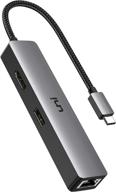
🔌 uni USB C Hub with Ethernet Adapter, 4K HDMI, Gigabit Ethernet, and 3 USB 3.0 Ports for MacBook Pro, iPad Pro, XPS

11 Review
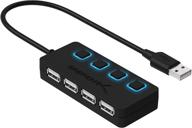
HB-UMLS Sabrent USB 2.0 Hub with 4 Ports and LED Power Switches for Each Port

12 Review
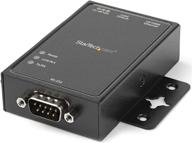
🌐 StarTech.com NETRS2321P: 1-Port RS232 to Ethernet IP Converter, Serial over IP Device Server - Black

5 Review

